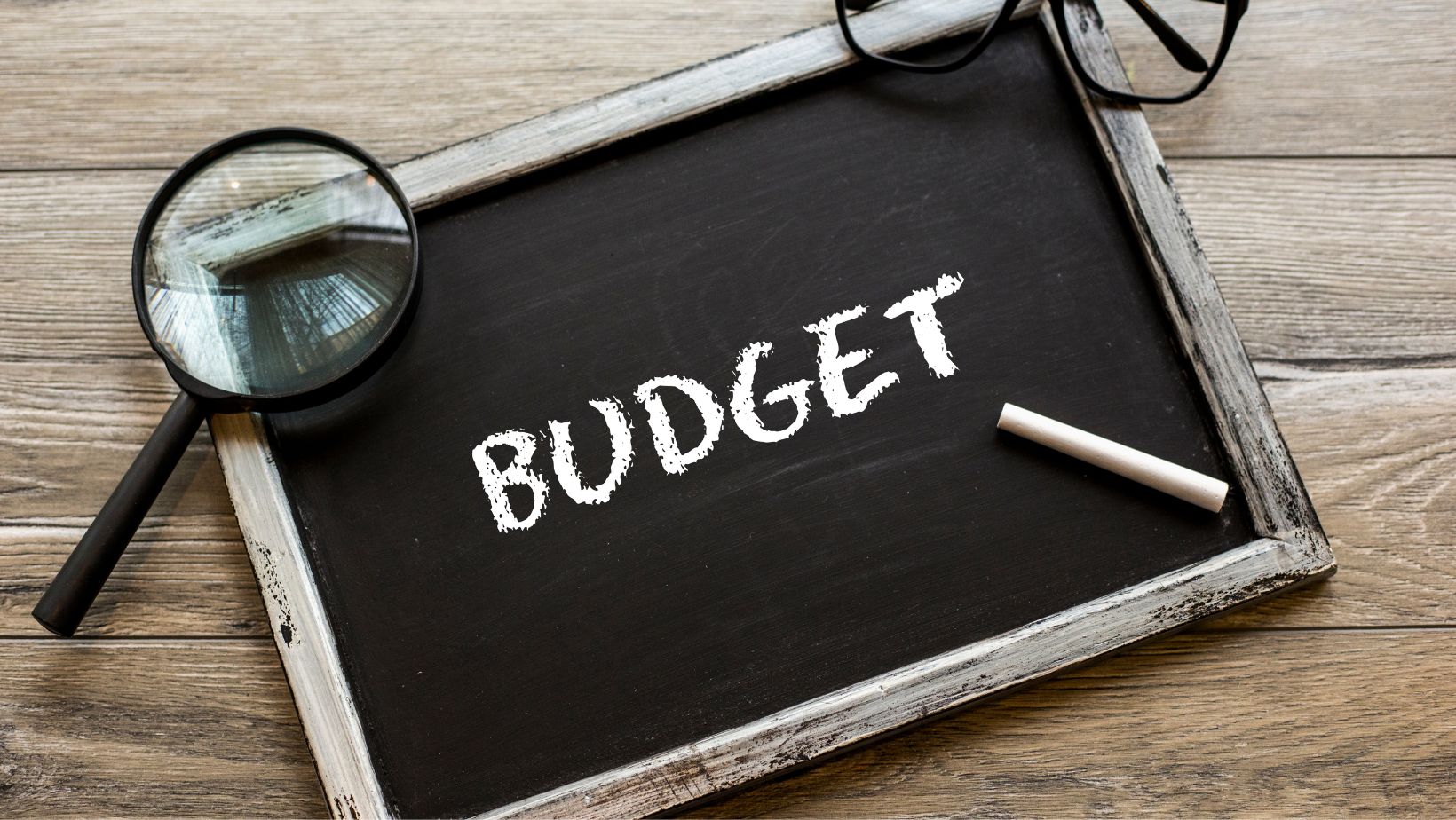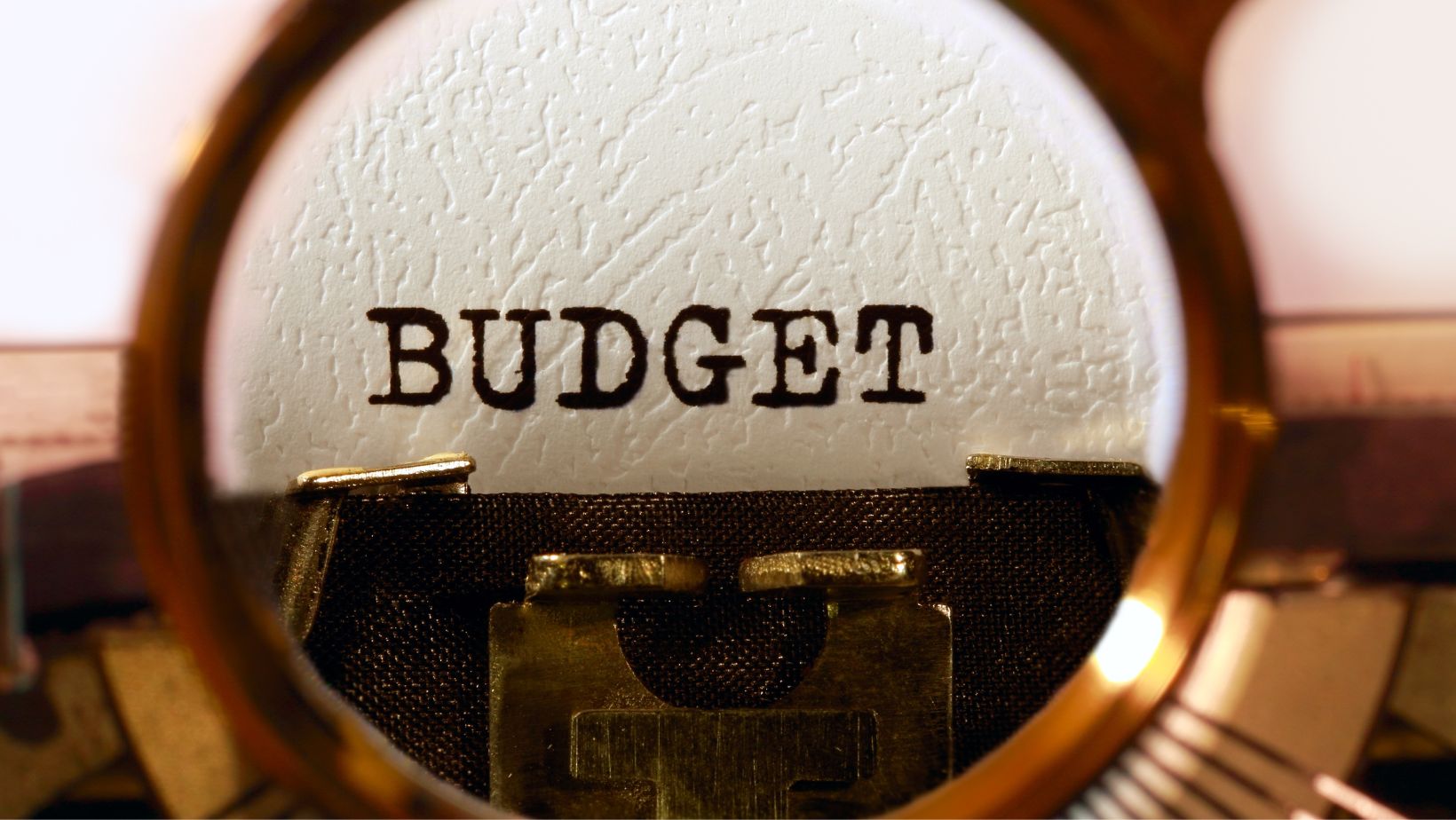Which of the Following Combinations are Unattainable Given a Consumer’s Budget Line? – How to Make the Most of a Limited Budget

Which of the Following Combinations are Unattainable Given a Consumer’s Budget Line?
When it comes to managing a limited budget, making the most of your resources becomes essential. As consumers, we often find ourselves faced with choices about how to allocate our funds in order to fulfill our needs and desires. However, there are certain combinations that may be unattainable given our budget line. In this article, I’ll explore some of these combinations and provide insights on how you can maximize your purchasing power within the constraints of your budget.
Budget constraints can make it challenging to achieve all the desired outcomes simultaneously. It’s important to understand that a consumer’s budget line represents the different combinations of goods or services that can be purchased with a given income level and prices. While we may wish for unlimited options, reality dictates otherwise.
It’s crucial to adopt a strategic mindset when dealing with limited financial resources. By understanding which combinations are unattainable within our budgetary limits, we can make informed decisions and focus on getting the most value out of our purchases. Let’s dive deeper into this topic and discover effective strategies for maximizing your limited budget without compromising on quality or satisfaction.
Understanding the Consumer’s Budget Line
Let’s dive into the concept of the consumer’s budget line and how it plays a crucial role in making the most of a limited budget. The consumer’s budget line represents all possible combinations of goods or services that a consumer can afford given their income and prices in the market. It serves as a visual representation of the trade-offs consumers have to make when allocating their limited resources.
To understand this better, imagine you have a certain amount of money to spend on two items: A and B. The price of A is $10 per unit, while B costs $5 per unit. Your budget allows you to purchase either 10 units of A or 20 units of B, assuming you spend all your money on one item. The different combinations lie along your budget line.
Now, let’s consider three scenarios:
- Attainable Combinations: Any combination that falls directly on or below your budget line is attainable within your budget constraints. For example, purchasing 5 units of A and 10 units of B would fall directly on your budget line since it exhausts your entire budget.
- Unattainable Combinations: On the contrary, any combination that lies above your budget line is unattainable given your current financial limitations. These combinations are beyond what you can afford with your available income and prices.
- Optimal Combination: The optimal combination lies at the point where the consumer maximizes their utility or satisfaction within their given budget constraint. This means choosing a combination that gives them the most value for their money.
Understanding these concepts helps consumers make informed decisions about how they allocate their limited resources to fulfill their needs and preferences within their financial boundaries.
By analyzing various options along the consumer’s budget line, individuals can strategically plan their purchases to optimize utility and achieve maximum satisfaction even with a limited budget at hand.
Remember, each individual may have different income levels and price structures, which means their budget lines will vary. It’s important to consider personal preferences and priorities when making choices within the constraints of the consumer’s budget line.
In summary, the consumer’s budget line represents the different combinations of goods or services that a consumer can afford given their income and prices in the market. By understanding this concept, individuals can make informed decisions and maximize their utility while working within their financial limitations.

Identifying Unattainable Combinations
Let’s dive into the task of identifying unattainable combinations given a consumer’s budget line. This is a crucial step in making the most of a limited budget and ensuring that we allocate our resources wisely. By understanding which combinations are unachievable, we can focus on those that are within our reach and maximize our purchasing power.
One way to identify unattainable combinations is by examining the budget line itself. The budget line represents all possible combinations of goods that a consumer can afford at given prices. It serves as a boundary, indicating what can be purchased within the constraints of our budget. Any combination lying outside this boundary would be considered unattainable.
To illustrate this concept further, let’s consider an example. Suppose we have a fixed income and want to purchase either apples or oranges. If the price of apples increases significantly while the price of oranges remains constant, it may push us beyond our budget line and render certain combinations unattainable. In this case, we’ll need to reassess our options and adjust our preferences accordingly.
Another approach to identifying unattainable combinations involves comparing prices and evaluating opportunity costs. Opportunity cost refers to what must be given up in order to obtain something else. By analyzing the prices of different goods relative to one another, we can determine if certain combinations exceed our spending capacity or result in excessively high opportunity costs.
For instance, if the price of coffee increases substantially compared to tea, it might make some coffee-tea combinations unattainable for us due to their high cost relative to other available alternatives. Recognizing these trade-offs allows us to prioritize and select attainable combinations that provide maximum value for our limited resources.



